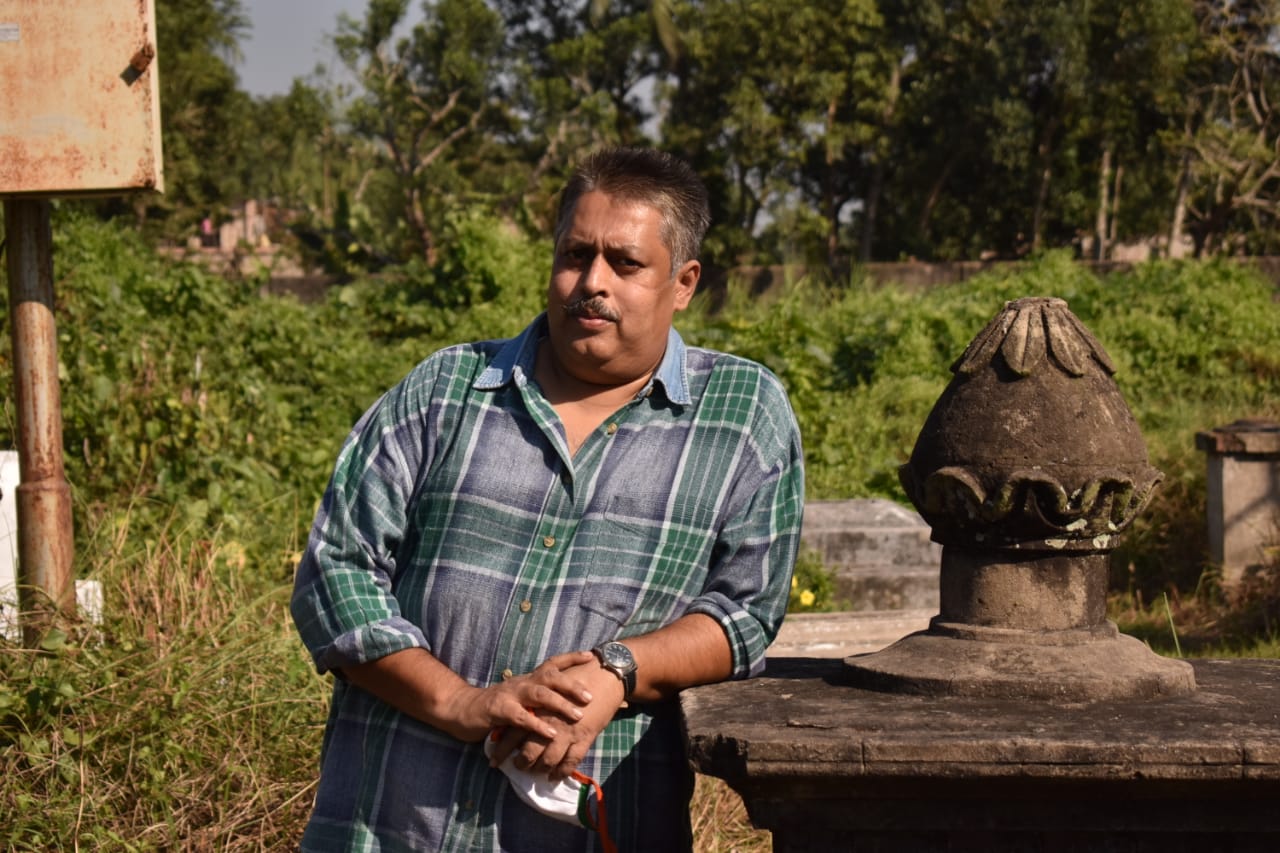Focus on drug uptake in filariasis campaign in 63 districts including Karnataka's Bidar
Elephantiasis or debilitating swelling of legs or other limbs is the most common outcome of the lymphatic filariasis infection, transmitted by Culex mosquito bites. More than 90% of India’s disease burden is in eight states.
